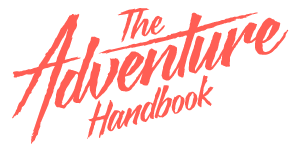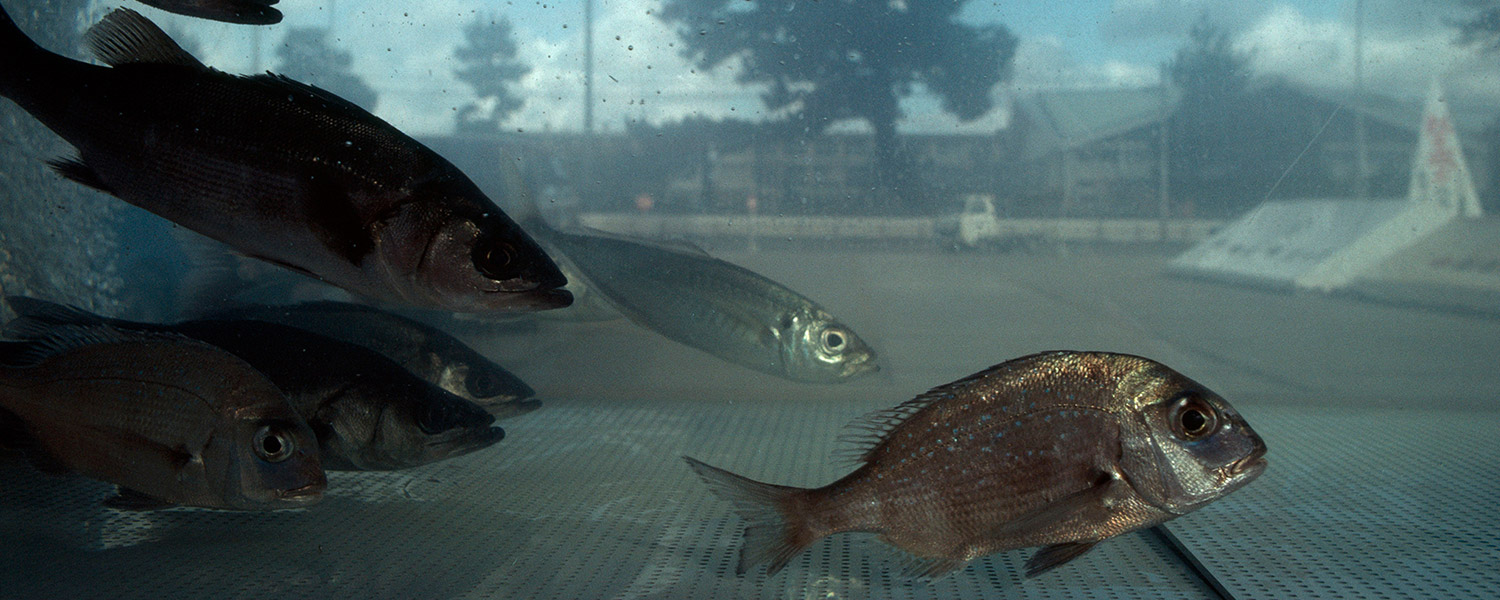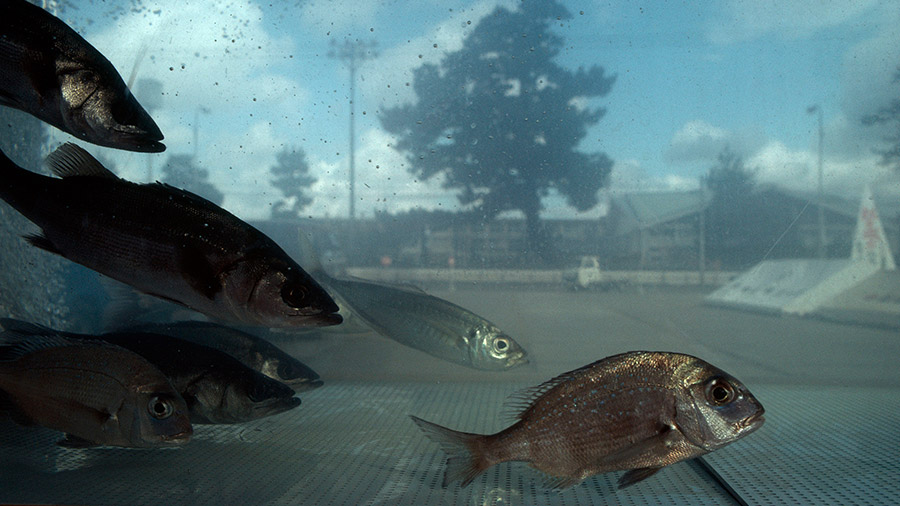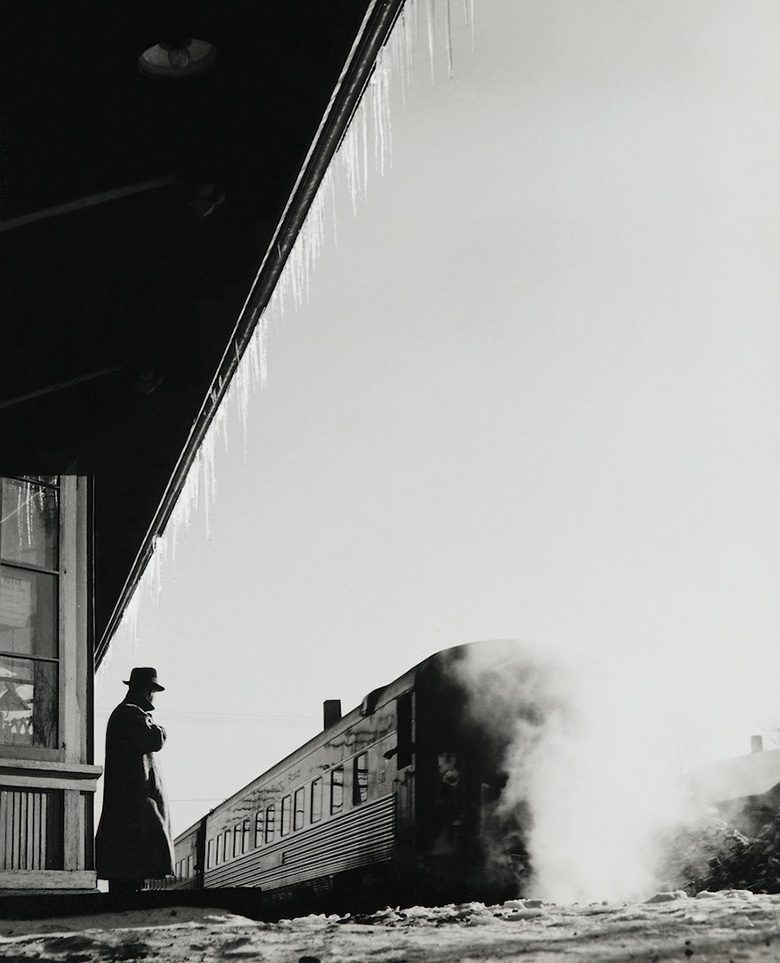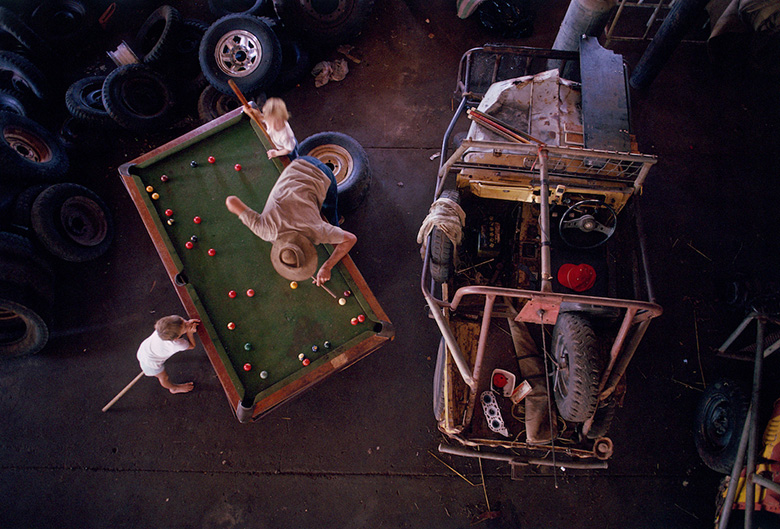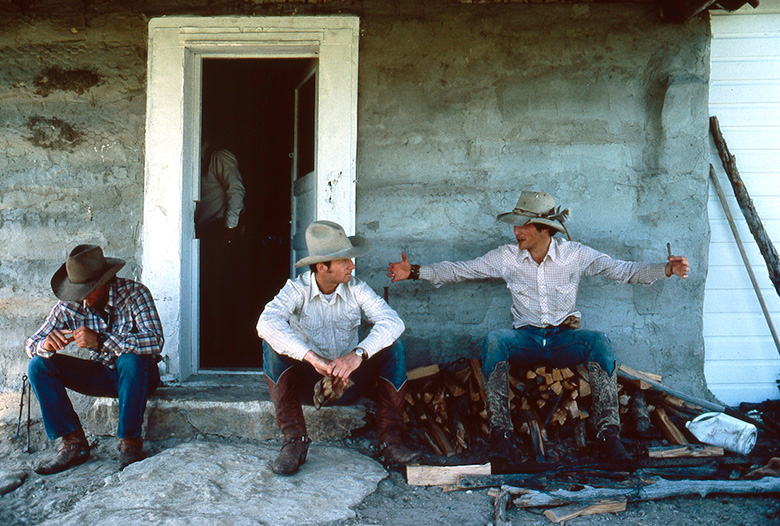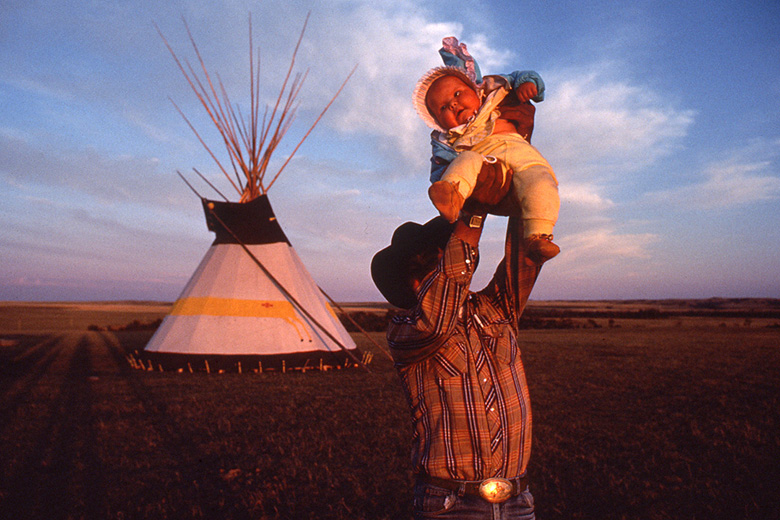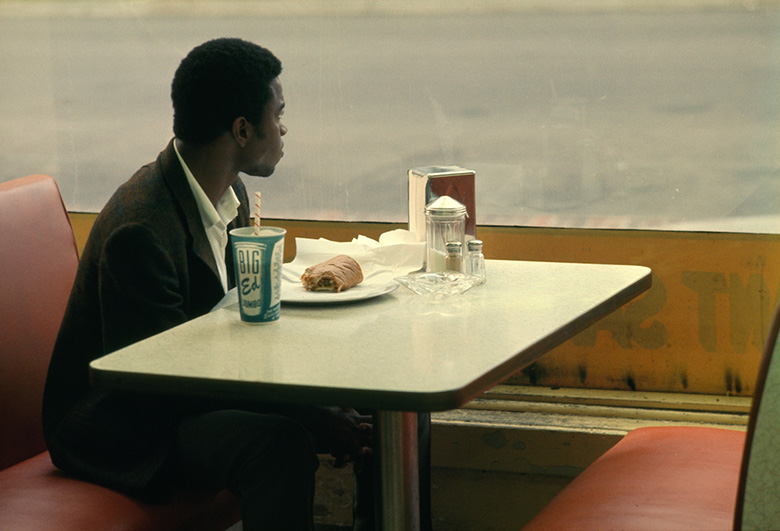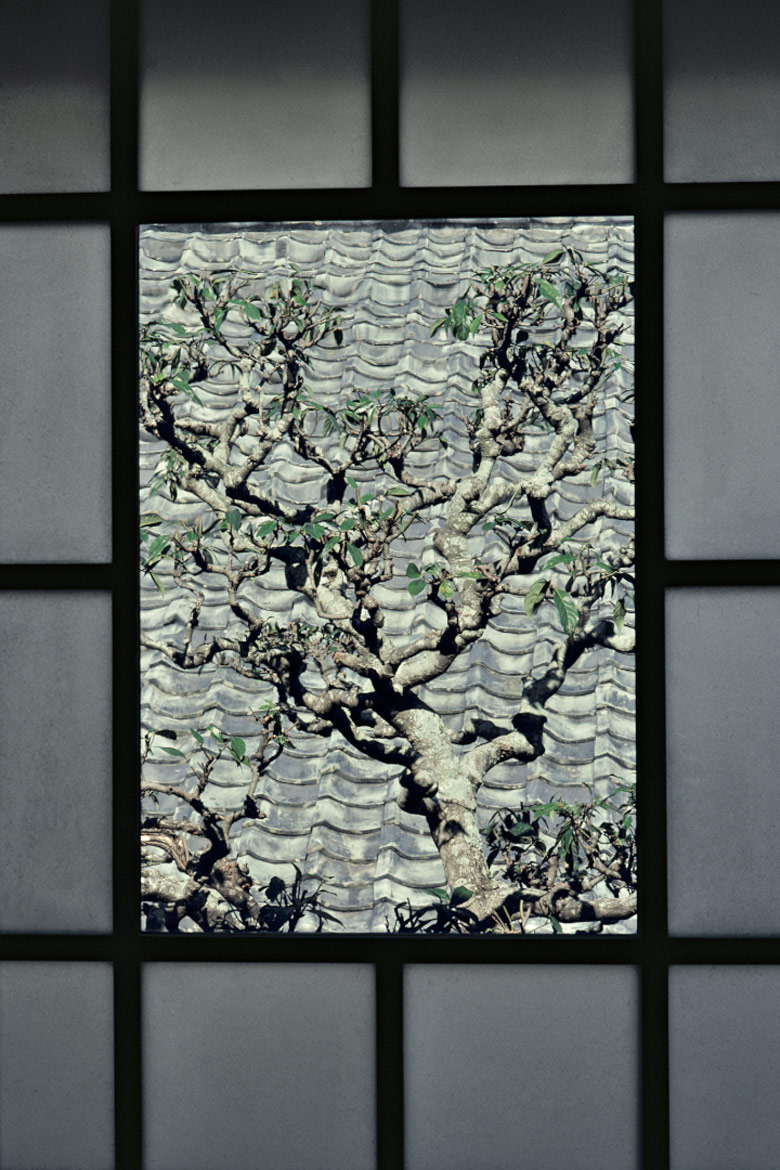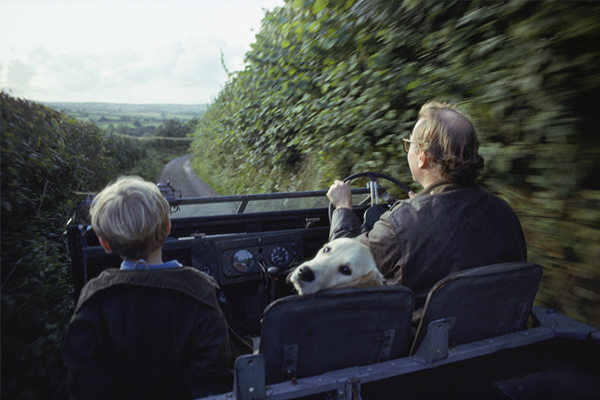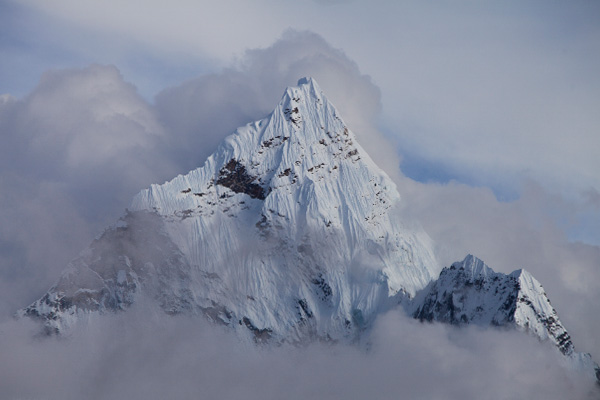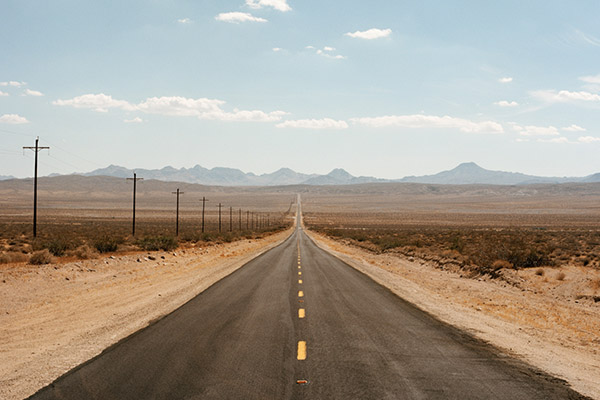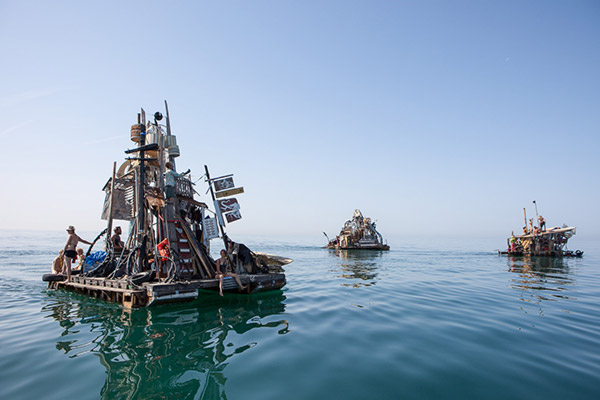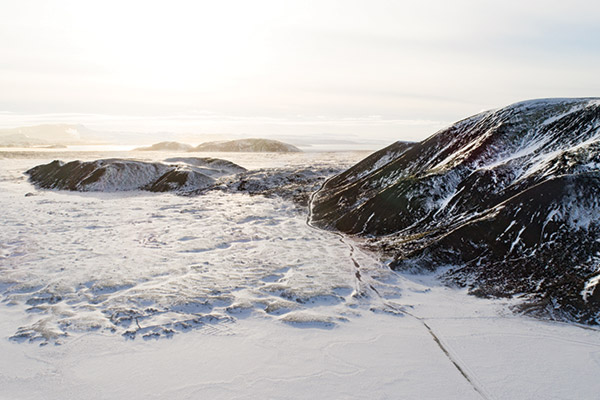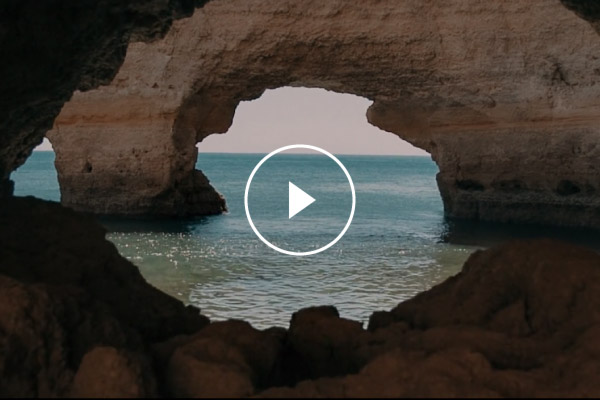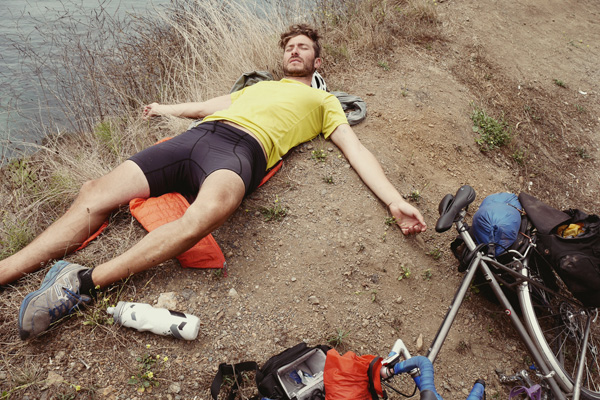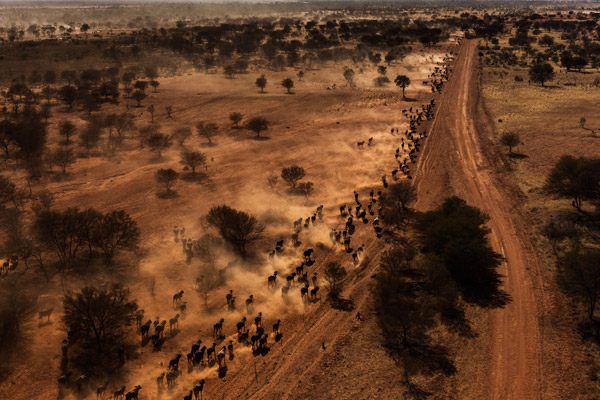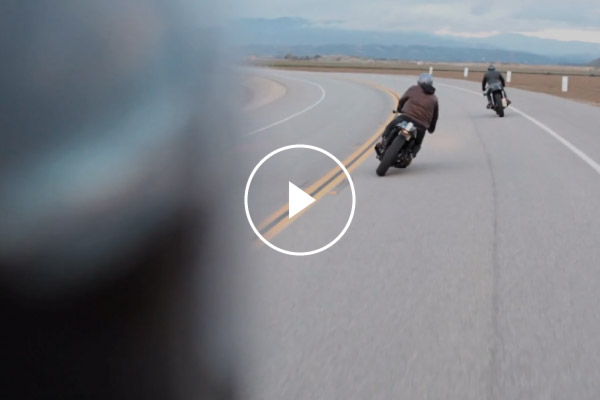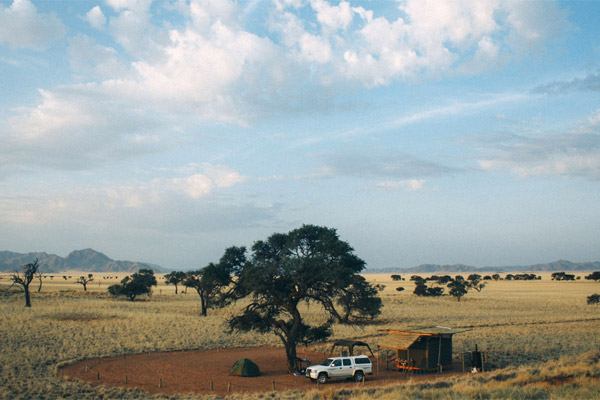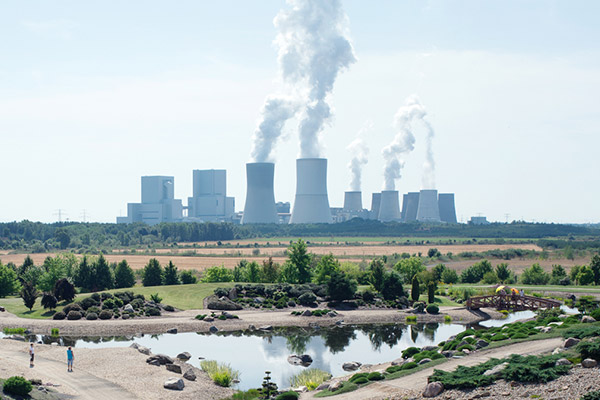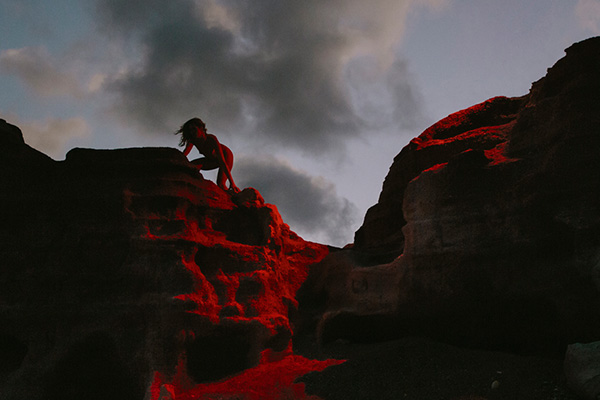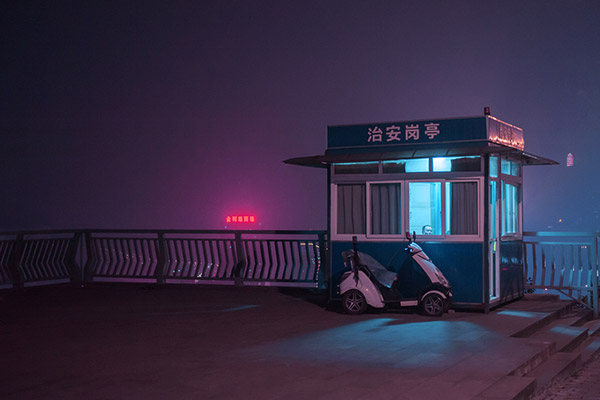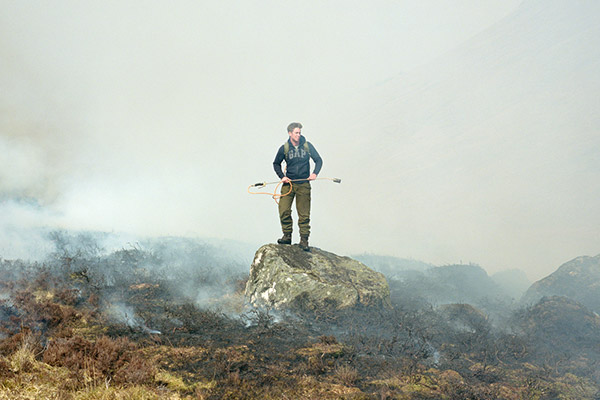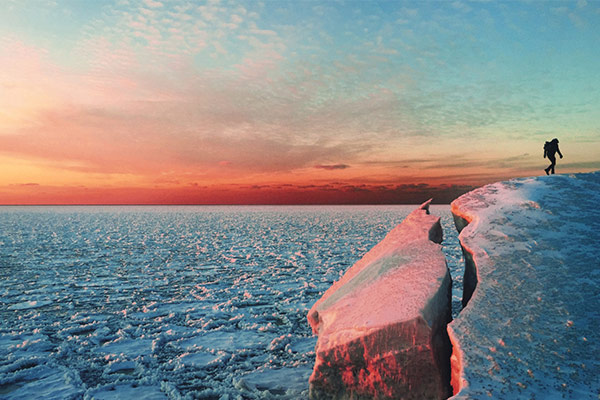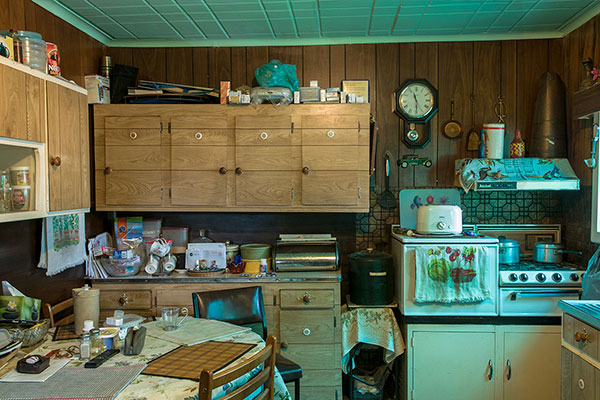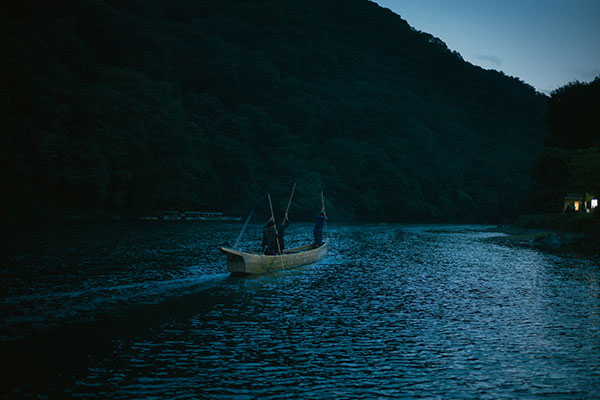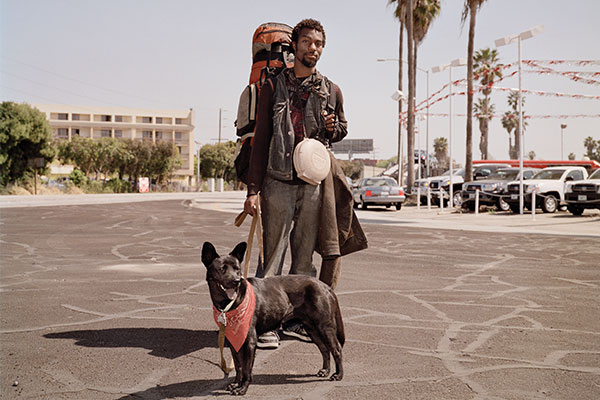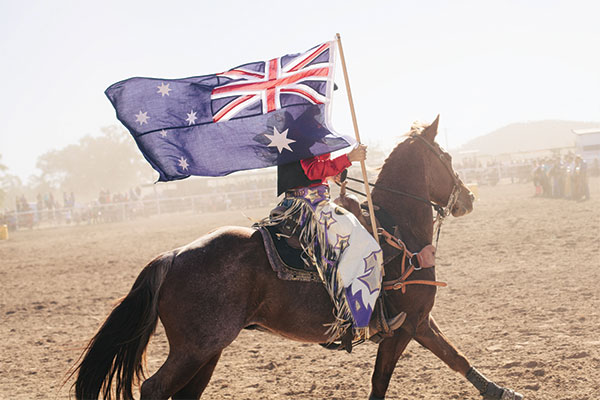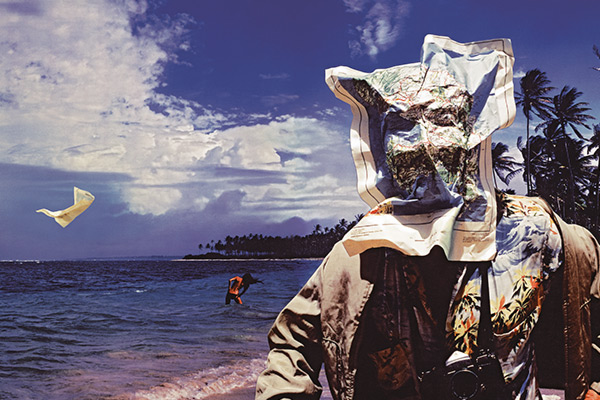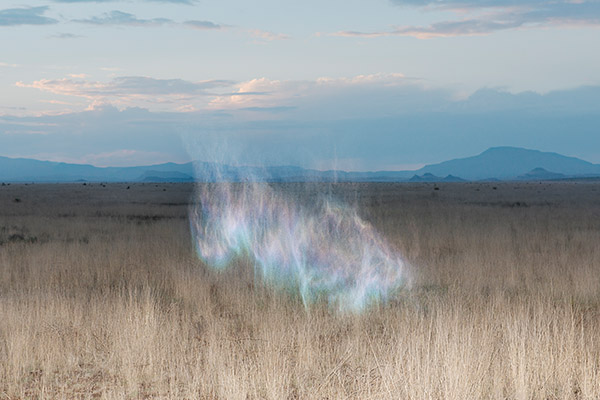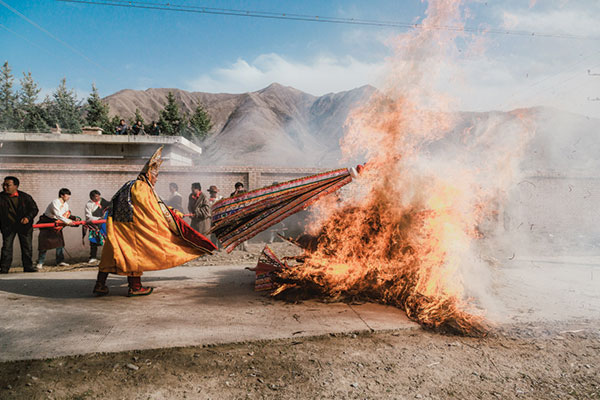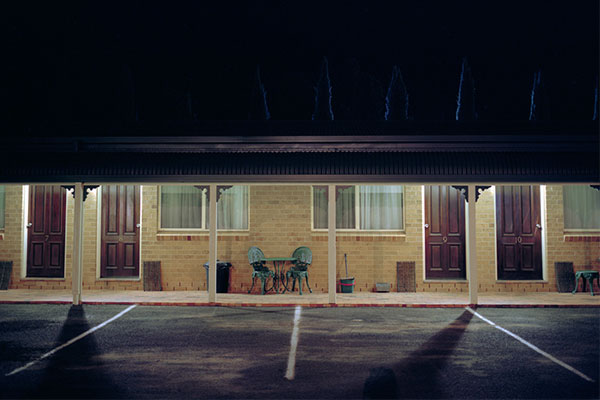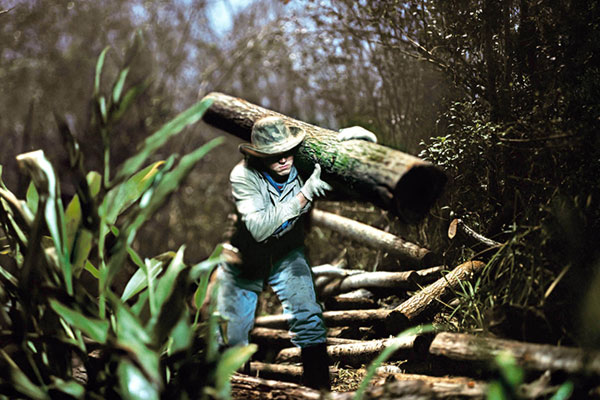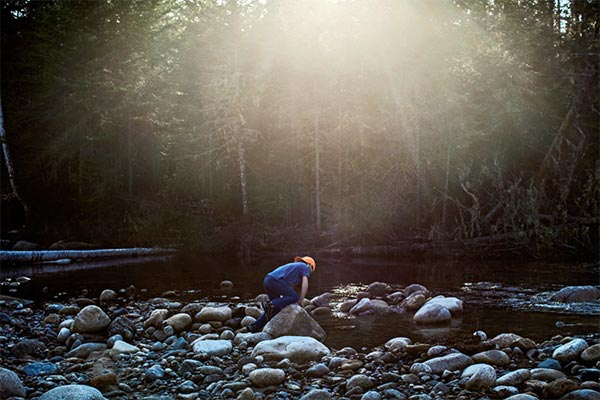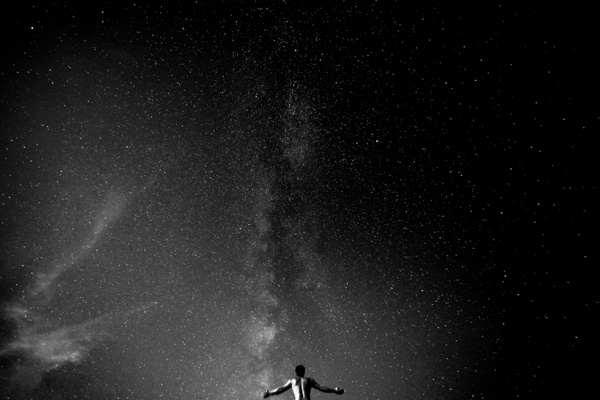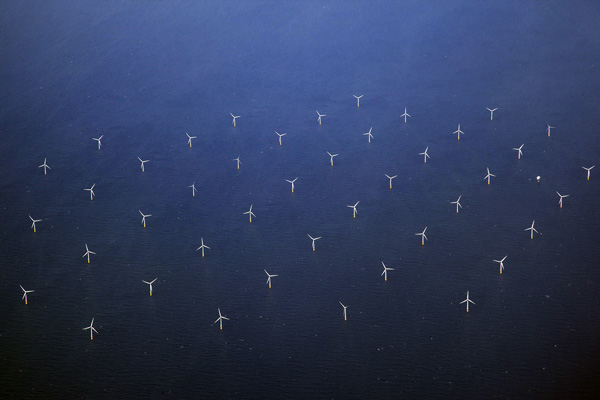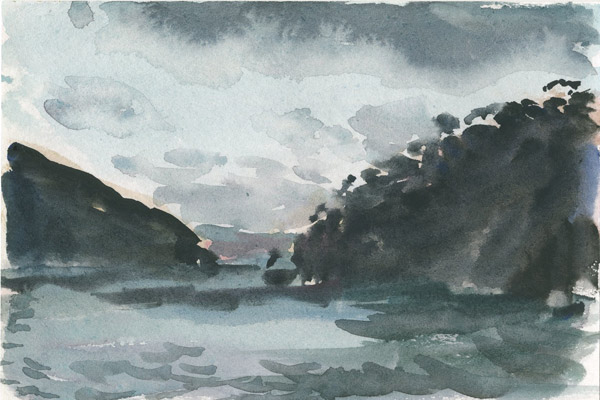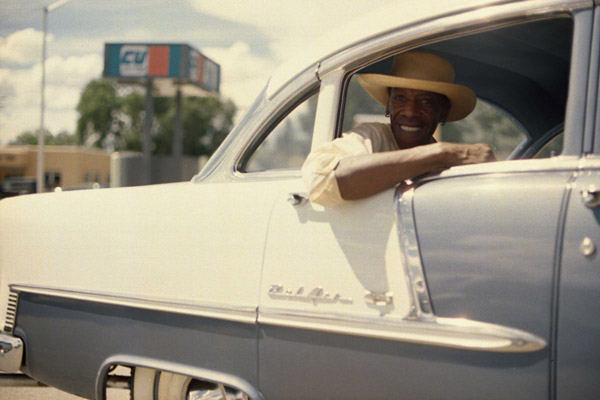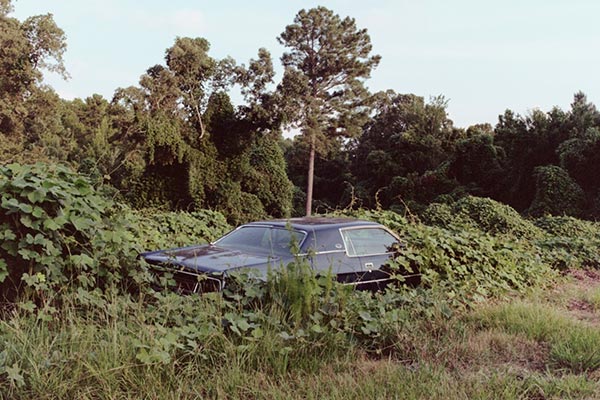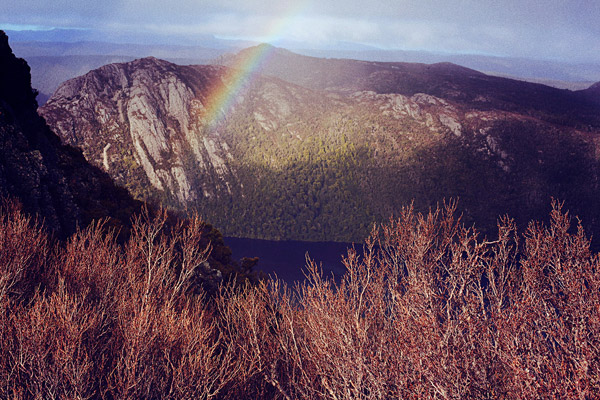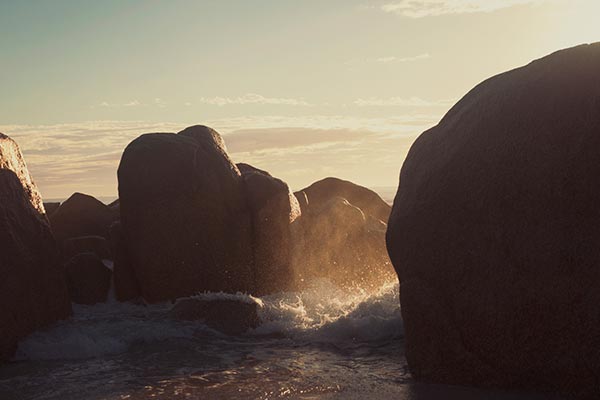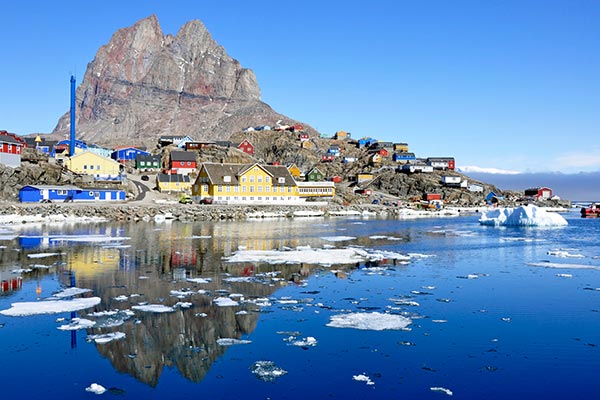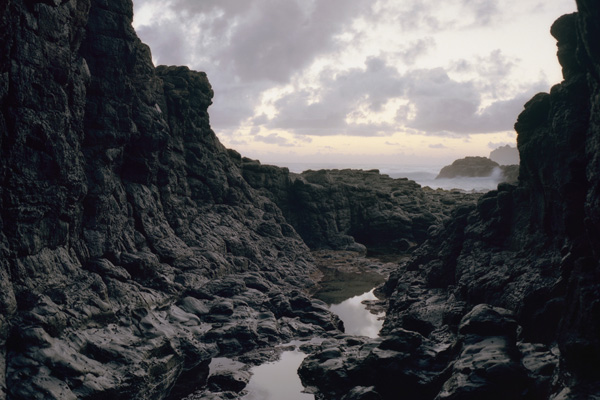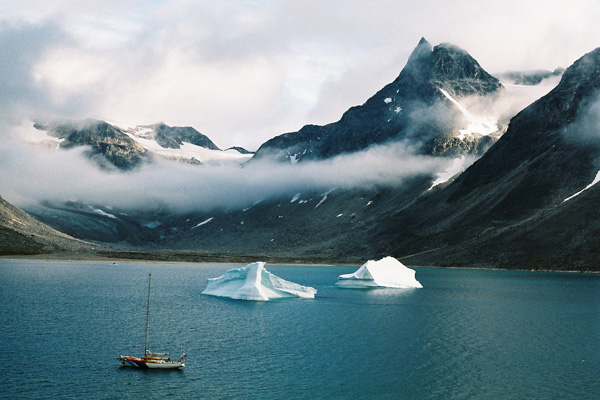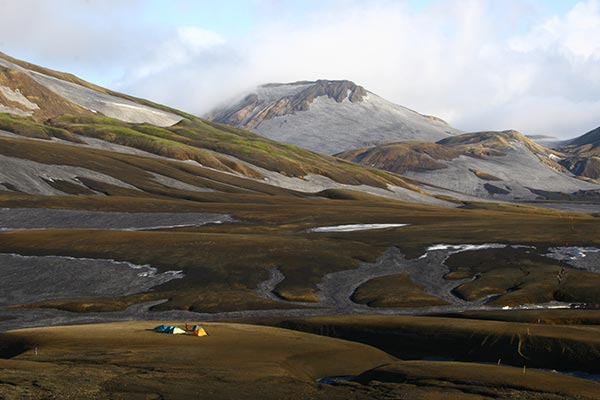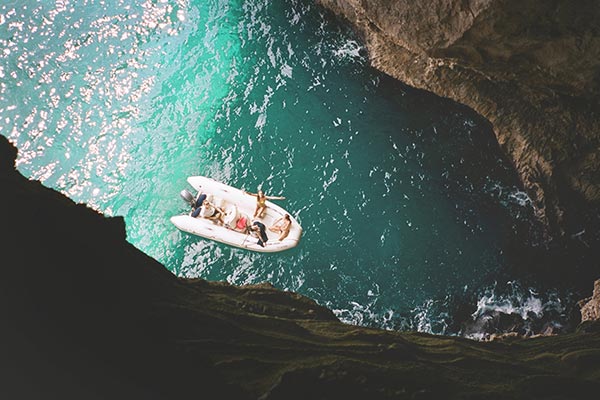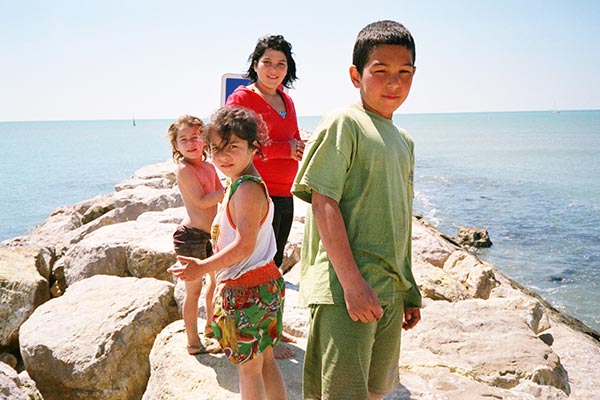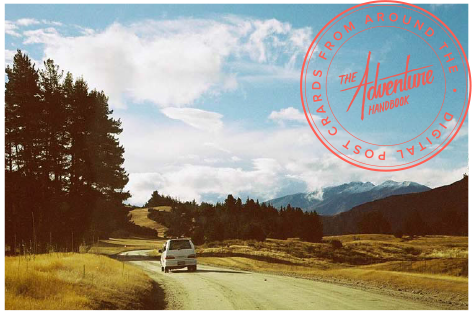National Geographic photographer Sam Abell has defined his career with patience. There is no dull section of a Sam Abell photograph, the frame is layered from back to front with compelling imagery. This can be a slow process, it can take days, weeks, or in some cases months for the right opportunity to present itself. His photographs are considered to be amongst some of the best images to have appeared in the esteemed publication. Somehow, Sam agreed to sit down with us and have a chat about his life, work and photographic philosophy.
Let’s start at the beginning. Where you were born?
I was born in Sylvania, Ohio near Toledo and I lived there for 18 years before going to college. I went to the University of Kentucky and learned photography there, because we had a darkroom in our house. My dad ran the Camera Club at high school, so he and I went on photo outings when I was at an impressionable age around 12-15. Because he was a high school teacher, he very successfully taught me photography without me knowing it was happening. I was lucky in that regard. He was a quiet man with a quiet manner, so it never seemed like he was instructing me or lecturing me, or urging me even. I just fell under the spell of photography and his love of photography, so it was a natural updraft that I just got into. Plus we got photo magazines at our house. I was very sorry to hear in March that Popular Photography Magazine were going out of business because I learned a great deal about photography from that magazine.
What was the connection between learning photography with your father and building up an interest in photography and then starting to make it a profession before National Geographic?
That image that you’re talking about of my dad at the train station, won the smallest prize in the national High School photo contest, it won honorable mention. That can’t be underestimated in terms of reward and attention and inspiration. It doesn’t sound like much now from this point of view but it was big at the time. In my mind I thought I was in contention for the grand prize and that didn’t happen. That honor came at the right time in my life.
I just fell under the spell of photography and his love of photography, so it was a natural updraft that I just got into.
Then I was handed off into student publications, I was editor of the student yearbook and editor of the paper, and photographer for both those publications in high school. I was photographer and editor for the college yearbook as well. So I would say the key bridge between my 14 year old self and my 24 year old self was student publications. That Yearbook that I did at the University of Kentucky is celebrating it’s 50th year of existence, and I’m going back to Kentucky in the next few weeks and a few of us that worked on it are going to have a little party. It really did change my life.
I had it in my mind that I was a Life Magazine photographer on assignment to photograph life at the University of Kentucky for one year.
The content of that first book was inspired directly by a very influential moment in my life when I was 15 or 16. I went to a conference with my Dad called the Kent State University Short Course in Photojournalism, which was a kind of trade show but they had lectures and demonstrations and so forth. It was designed to be an annual meeting of the Ohio Newspaper Photographers Association but anyone else could come, people like my dad who ran Camera Clubs at High Schools.
There was a staff photographer from National Geographic that gave a talk. I think that changed my life. I think seeing that such a person was a real person and not just a byline in a far off ivory tower. Seeing him in the same room that I was in and my dad was in, he was normalized and I think it formed the idea that I could attain it. I don’t remember the photographs that he showed and I don’t remember what he said, I just remember that he was real, and I think that aura of possibility was passed from him to me, and seven years later I was the summer intern an National Geographic. I don’t know that that would have happened without seeing him as a 15 year old.
The other thing that had happened there was that I had picked up a publication called The Student, which was a not a Yearbook. It was a soft bound photographic book on life at Kent State that year and it was exactly what I did at the University of Kentucky seven years later. The editor of that was a guy named Laird Brown, and he went on to be an intern at National Geographic several years before me. Subsequently I’ve met him and had the chance to tell him that the book had a great affect on me. I still have my copy of The Student.
What was the crossover from going to the Newspaper Conference and starting to work for National Geographic?
It’s one meaningful day. I was editor of the yearbook at UK, which was 1966/1967. That summer in order to stay in Lexington and work on the Yearbook I took a job as a newspaper reporter. They gave me the overnights, which were weather, obituaries and the night police reports. Interesting summer, but not one that took all my attention and I had hours by myself in the empty newsroom at night. One night I was reading a copy of Popular Photography Magazine and there was a feature on National Geographic photography and a little breakout box in the story on the Director of Photography, Robert Gilka. In the article there was a mention that Gilka had recently instituted a Summer Internship Program. I remember shutting the magazine and that I was leaning back in my chair. I landed the chair on all four legs, put a piece of paper in the typewriter and wrote Robert Gilka, and I got an internship that summer.
At the time he hired me all of the photographers from Life Magazine were being furloughed into freelance and he could have hired any of those people. Instead he hired a generation of photographers, my generation, that would fill the pages of the Geographic for the next 30 years. There’s a whole list of photographers that he hired around that time that had long and distinguished careers at the Geographic. He took chances but he did it by listening to himself and judged the potential of the person sitting next to him.
Years later I did a biography for National Geographic on Lewis Carroll, the author of Alice in Wonderland. Carroll was an interesting guy. His real name was Charles Dodgson and he was a mathematician who came to Oxford as a High School grad and never left. He rose up to be the head of the Math department at Oxford, and in that role he had to interview incoming potential Math students. So these would be the best brains in the British Empire in Math, and he interviewed them all and accepted maybe 20% of them. Someone asked him if that was hard because all of them were smart, and he said it wasn’t hard at all, ‘I sit across the desk from each candidate and just look for the ones who are smoking, I know that Oxford will burst them into flames’.
I guess when Gilka looked at me I was smoking. I certainly was inside but I didn’t know it was evident, least of all to him. But, as I like to tell people, I had one job interview in my life and it was to be an intern at National Geographic. Three years later I was a contract photographer, that was 1970. For 20 years I was a contract photographer, and then for 10 years, from 1991 to 2001, I was a staff photographer, and then I retired from the Geographic. My wife got sick and she and I always travelled together, so with her not travelling my heart wasn’t in the job the way it needed to be, the way it had always been.
I’ve thought about what some of my biggest accomplishments at the Geographic, and one of them was that I made it safer for the next quiet photographer to come along and make it there.
What does quiet photographer mean?
Well, Editorial photography is energetic photography. Impact matters in Editorial photography, like it does in Advertising. In 1970, at a critical time in my career at the Geographic, and in my life, I was put on notice by Gilka. I’d taken a leave of absence for two reasons, one was to get to know the woman that I would marry, and for her to get to know me not in the pressure cooker of an assignment. So I became an Artist in Residence at Ohio University for a semester. She and I took up Residence there, I had a light load of classes and no one knew me so it was an extremely cozy winter that we had there. I took my first seven years of film at National Geographic and a light table in my Volkswagen Bug, and I set it up my light table and looked through those seven years of assignment and personal photography. I was looking for myself, not looking for some story or the kind of picture the Geographic would publish, but seeking myself, my own style as a photographer. I accomplished what I wanted from that leave of absence; my wife and I got to know each other very well and kind of paved the way for our subsequent marriage, and I discovered myself in my work. I would say that was a life changing time.
But when I came back to the Geographic I realized that the train had left the station, and I wasn’t on it, as I expected to be. So Gilka said to me “they going to send you to Ontario to do clean up for Dave Boyer.” Well Boyer was a staff photographer who also was a staff writer, and he was known to be struggling at this part of his career. Every part that Gilka had told me was unsavory. I liked Boyer and I knew that it would be challenging for him to have someone working on his pieces in order to resurrect them and make them into publishable stories. So that was bad. To do clean up for anyone is bad.
Ontario was not a thrilling place to be then as a photographer. It’s vast, it’s the size of Texas and California combined, but, put it this way, it’s not Carnival in Rio. Then Gilka said “we’re going to send you up there for six weeks, and when you come back we’re going to have a half way show.” We’re going to take a close look at Ontario and a close look at you. And then silence. So I asked if I had just been put on notice and Gilka looked at me and said “the editors upstairs think your pictures are quiet.” It wasn’t coming from him and that was important to me. And with that, our meeting was over and I walked back to my office and by the time I got to my desk, I remember standing at my desk letting what he said sink in and I had this internal mixture of anger and fear. Anger because I believed in what I called quiet photographs, and fear because I’d been put on notice. I made a resolution to change my life, in this mixture of fear and anger, to resolve, to not change, but to do quiet photography better.
And the end result of that resolution, the best thing that I can point you to, was the copy of National Geographic that came out 10 years later. National Geographic did an entire issue on itself on it’s 100th birthday. One of the articles was excerpts from a book called Odyssey, the Art of Photography at National Geographic. There about 20 pictures in the article covering 100 years of photography and I had two of the 20 pictures and they were both very quiet. And interestingly to me they weren’t taken on an expedition or adventure or dramatic assignment, but inside my hotel room looking out my window. One was a shot from Japan, it’s of a tree framed by a Japanese window, and you can’t get quieter than that.
So that was 10 years later. I survived Ontario and I went on to do increasingly more consequential stories for the Geographic. That was Gilka’s approach, testing you and allowing you to advance or retreat as a photographer. The other shot out the window, the Russia picture is from the life of Leo Tolstoy, and that was a very big step up for me in terms of consequentialness. It was expensive, a lot of photographers wanted to do it, it was difficult because it was during the Cold War and it was Tolstoy, who was one of the top five literary figures of all time. It was an assignment where you had to live up to the topic. I’d never worked on anything of that magnitude. And so that was regarded as a success, and then the assignments got scaled on that level, from that time on I did stories that were closely watched – Ireland, Venice, Australia three times. And finally at the end of my career I did the most consequential story, in the eyes of the Geographic, something that had never been done and will never be done again, which was the Japanese Imperial Palace. That required a lot more than just photography, it required diplomacy and also what I would call finesse. We only did that story because we were told we had access to the Palace and Royal Family, and we did not. Nevertheless, that story is published and no reader would think we didn’t have access, so that’s what I mean by finesse, including outside the box activities by me.
Interview by Matt Lief Anderson with additional questions from Andrew Shapiro
Receive a postcard from us sign up

